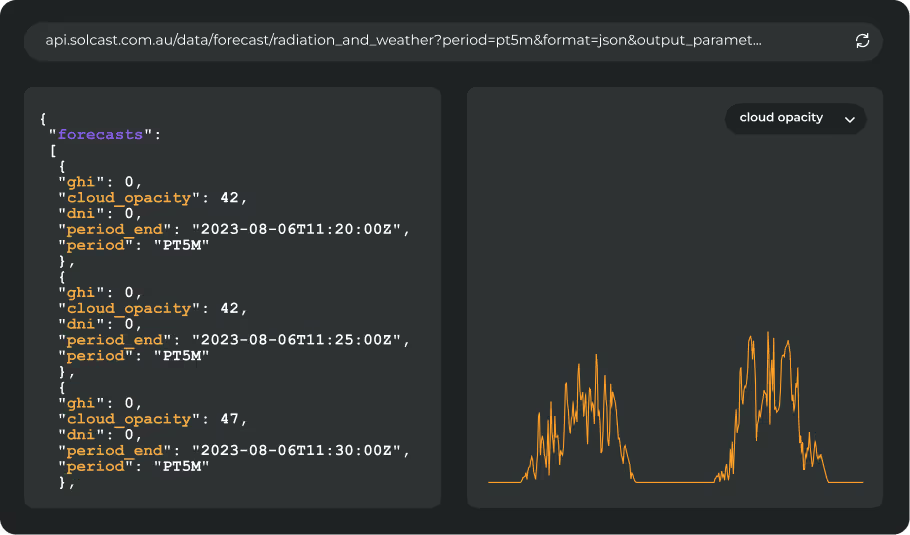Summer weather and a heat dome has brought increased irradiance to both US coasts, with the strongest impact in the North East, while New Mexico, and regions through the midwest experienced below-average irradiance due to increased cloud cover and atmospheric disturbances.
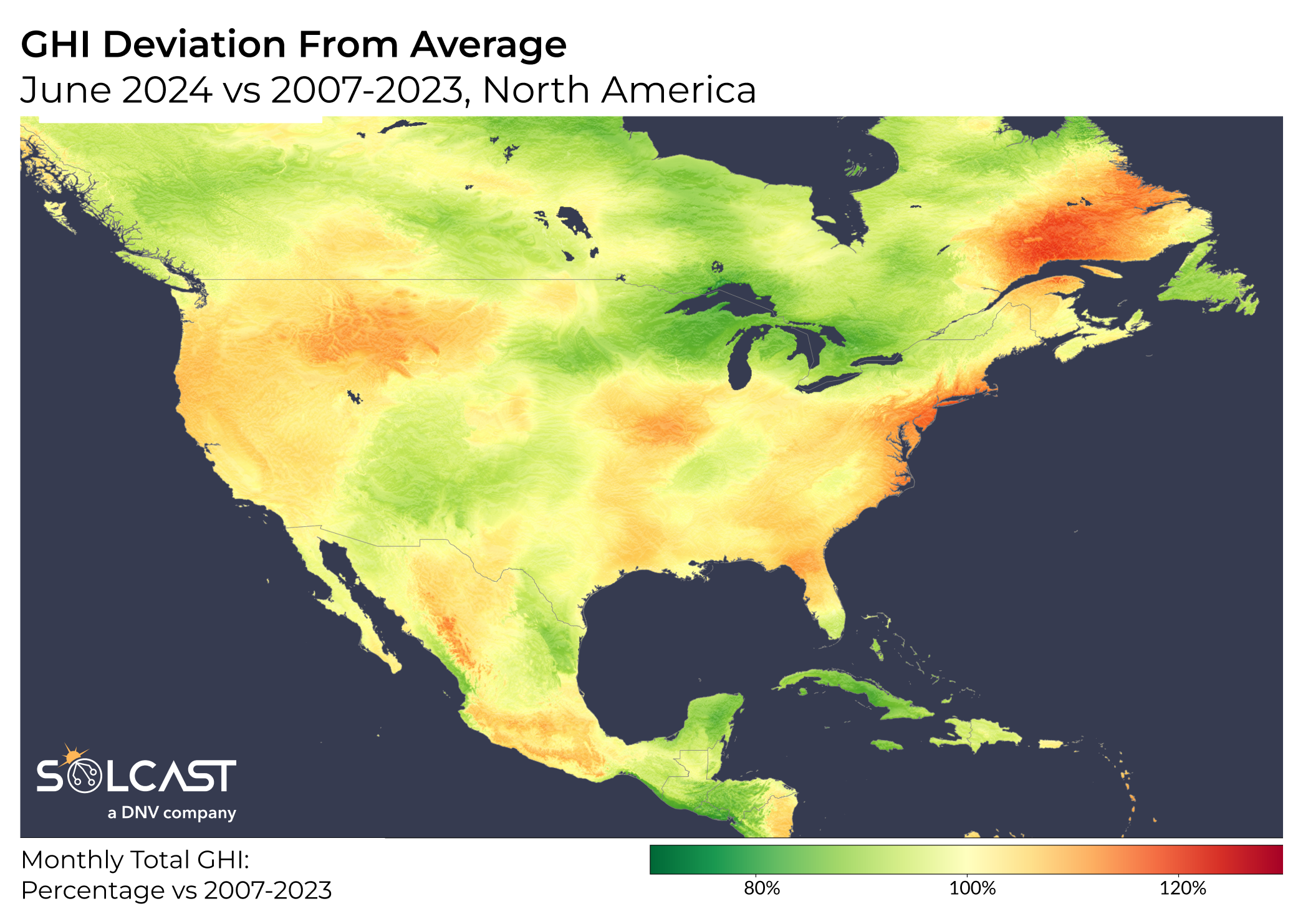
Much of the continental United States saw irradiance moderately above average, 5-10% above historical June averages, with the increase most notable along the East Coast. The "heat dome" that dominated much of June was accompanied by upper-atmosphere subsidence which suppressed cloud formation, allowing more sunlight to reach the ground. In contrast, the Gulf of Mexico experienced increased precipitation and cloudiness. However, prevailing winds kept most of these clouds offshore, except for the tip of Florida. The area around the Great Lakes saw up to 10% below average irradiance due to the additional heat enhancing evaporation and cloud formation.
Despite the heatwave, New Mexico saw irradiance 5-10% below typical levels. This deviation was caused by a tropical disturbance in the Gulf of Mexico, which was observed on June 19. This disturbance brought moisture and atmospheric instability, triggering thunderstorms over New Mexico a few days later.

These thunderstorms caused flash floods and large hail in the region. While these events are not widespread enough to fully extinguish the wildfires across the state, it has impacted solar panel performance. Hail can damage and destroy solar panels, but many utility-scale solar farms in this latitude employ single-axis tracking systems that can stow panels in a vertical position to reduce damage risk. Smoke from wildfires also impacts irradiance by soiling panels and reducing light transmission through the atmosphere.
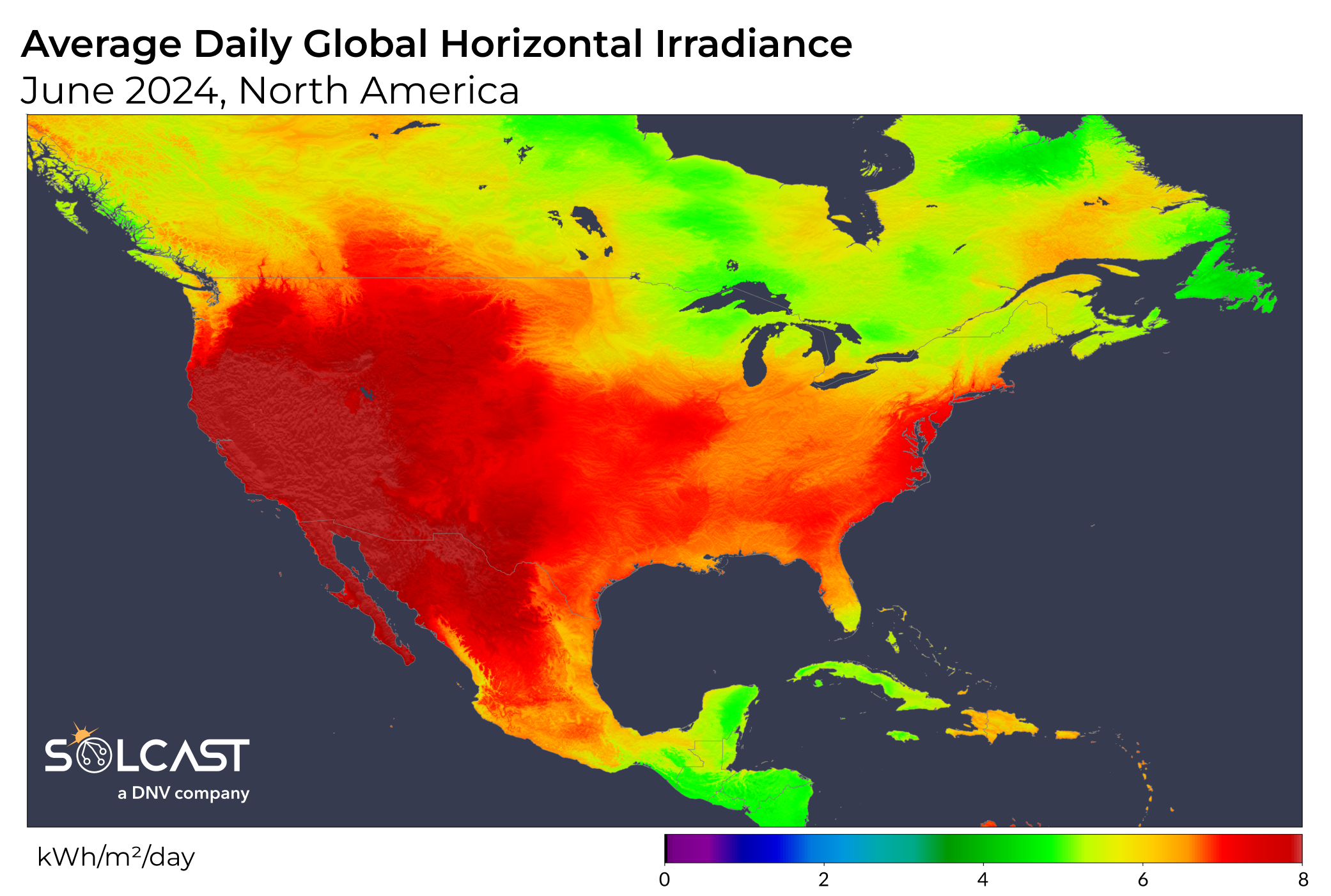
This year, the Summer Solstice happened on June 20. As the sun reaches its highest point in the sky in the Northern Hemisphere, irradiance also typically peaks around this time of year across North America. However in Central America, this is somewhat offset by the increased cloudiness of the tropical wet season.
Make strategic plans for your assets with accurate, reliable solar forecasts. Read about Solcast's enhanced forecast accuracy in North America here. Start evaluating our data via the Solcast API toolkit, or reach out to our team to learn more.








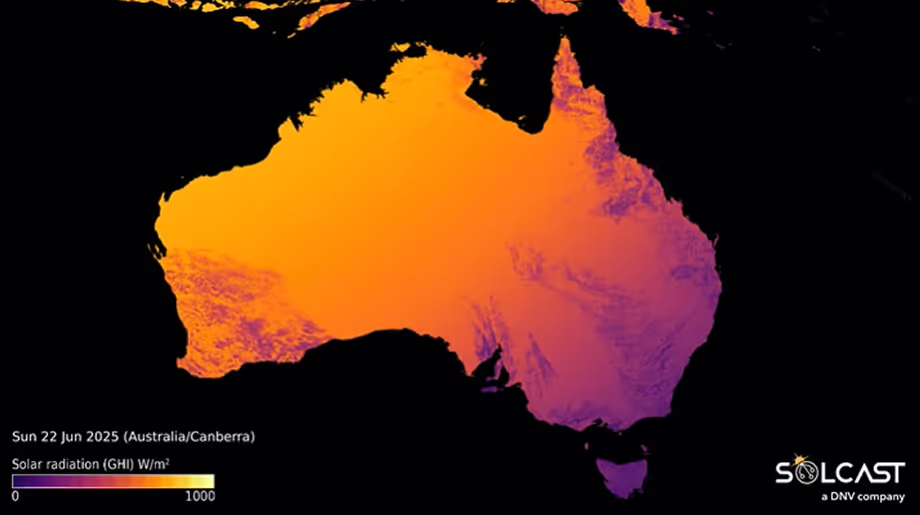
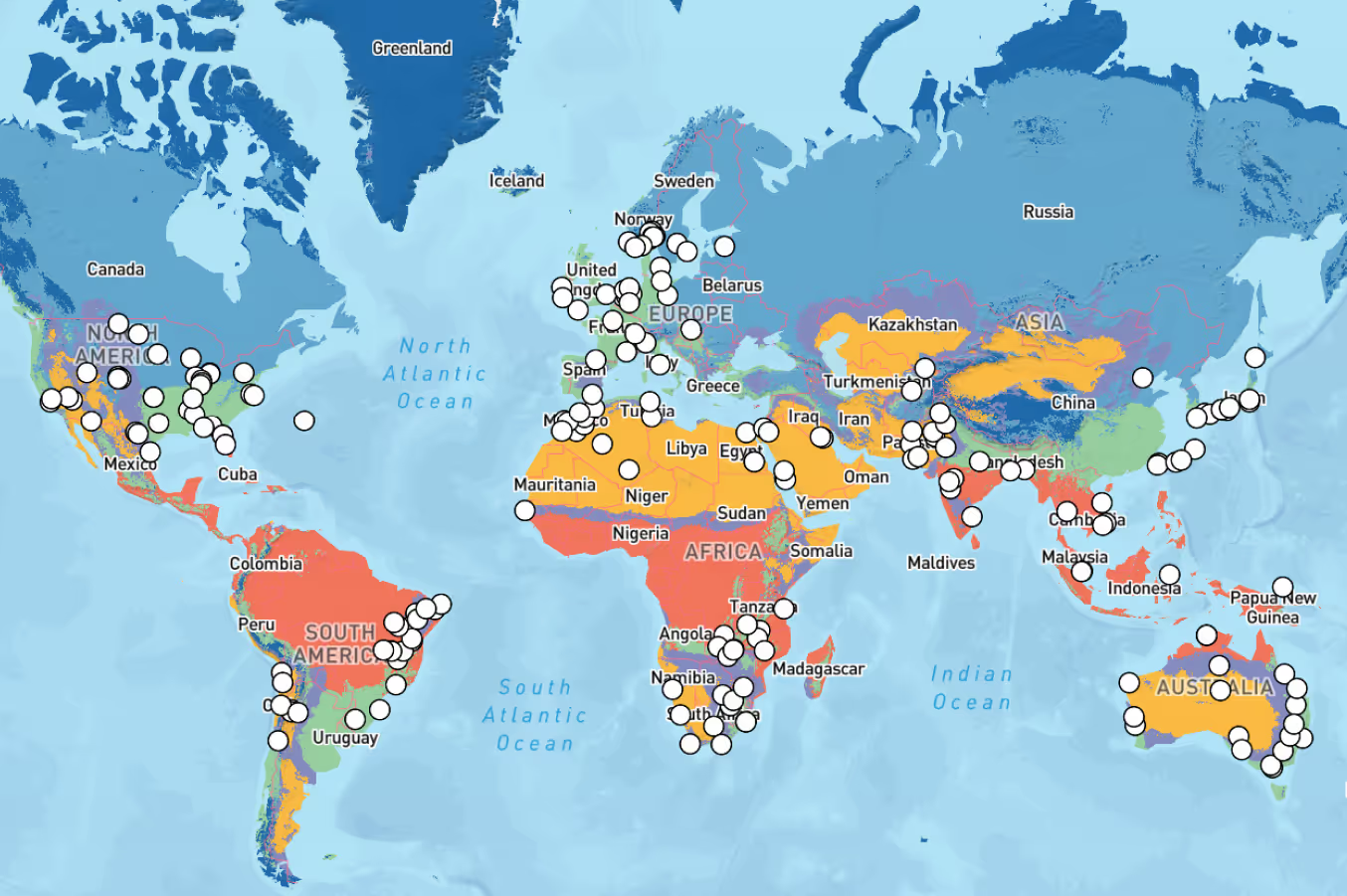
.avif)
